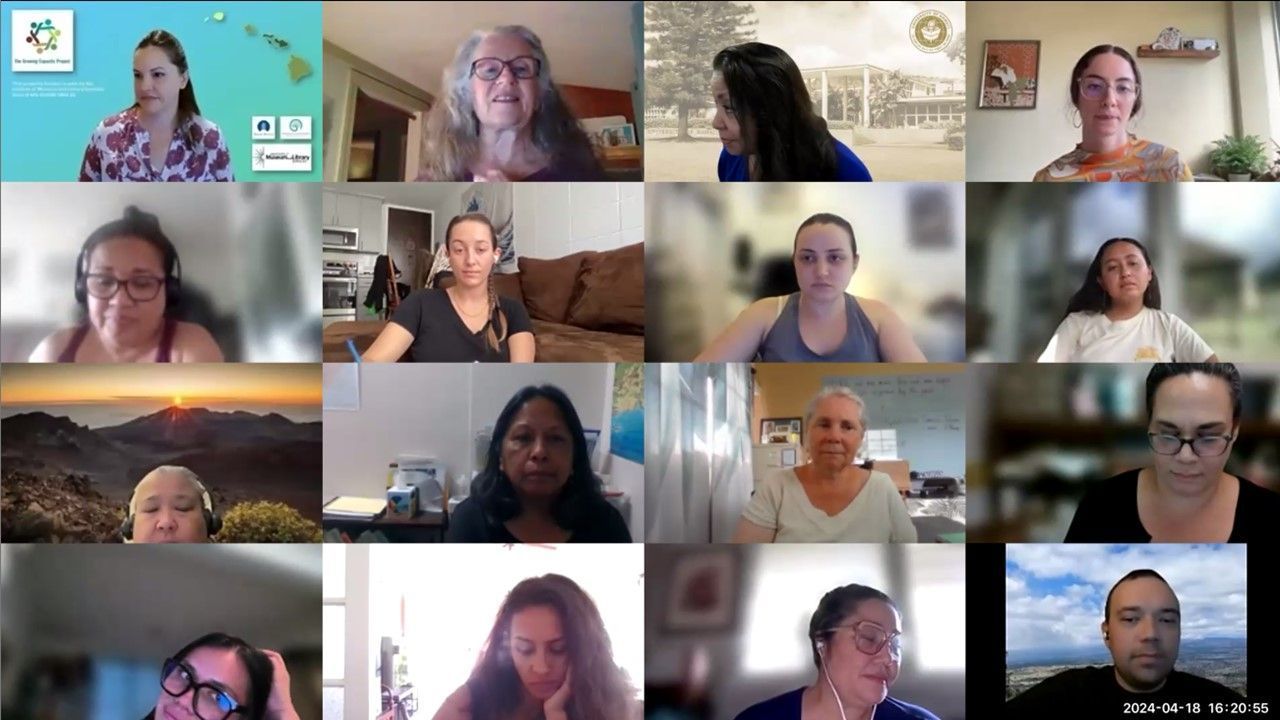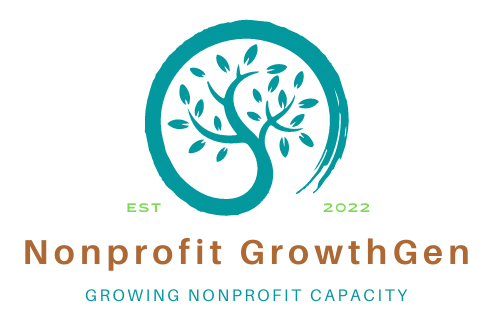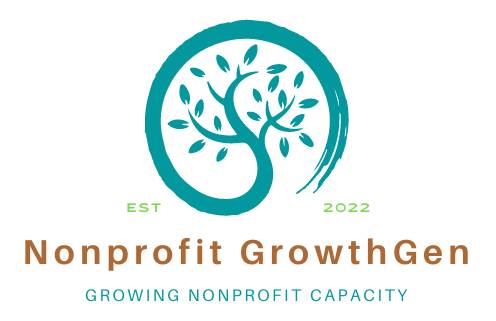When people work up the courage to walk down the grant writing path, they are often met with unfamiliar hurdles. New terminology, literature searches, awkward calculations, confidential salaries, and complicated instructions can all add to the daunting nature of this work. This is why Mary and I are here; we guide growing professionals through these obstacles while helping you keep your eyes on the horizon. The list below is a compilation of some of the most common speedbumps we see as new grant writers get acquainted with the funding landscape.
RFP's, NOFO's, and FOA's Oh My!
Don't be alarmed when you see these acronyms. They are just jargony terms that grant-makers (funders) use to describe the documents used to announce funding opportunities. We've seen more than a handful of versions of this in our career, but here are some of the most common: Request for Proposals (RFP), Notice of Funding Opportunities (NOFO), and Funding Opportunity Announcement (FOA). So the next time you search for funding, see what happens when you use these acronyms in your search engine!
Letter of Intent or Letter of Interest (LOI)
Grant writing is time consuming. Reviewing grant applications is too. In order to save time for both parties, many funders require prospective applicants to pass a condensed, preliminary checkpoint before being invited to prepare a full application package. If your funder requires this, pay special attention to the deadlines, communicate with the grant officer in charge if you have questions, and get your preproposal or Letter of Intent (LOI) in by the deadline. in nearly all cases where a LOI is required, if you miss the deadline, you will not be eligible for this grant during this round.
Matching Funds
Some grants require that you bring resources to the table in order to be eligible for the grant. This is the fine print you need to seek before getting your hopes set on any particular funder. It's also one of the first questions I ask of new clients when they are considering hiring me for a grant. If they don't have the required resources to balance the demands of the NOFO (see what I did there?), then it's probably not the right grant for the job. However, new grant writers should be aware that sometimes funders require cash, but other times, they accept in-kind resources as collateral for the matching expectation. They may ask for 10-50% of the grant budget be matched by your organization. A 1:1 match is when you (and your project partners) put in 50% of the funds and the grant pays the other 50%.
You have to read the instructions carefully to be sure, but oftentimes, funders will accept the following matched resources:
- Volunteer time (currently valued at $29.95 an hour in 2022)
- Facility rental loss (the amount an outside organization would pay to use the meeting space)
- Equipment donations or purchases, timed with the grant, that support grant activities
- Your nonprofit's staff time (Senior leadership time and Fringe adds up quick. Give them some in -kind hours!)
- Do you host a fundraising event? Put those funds into the same project as a match.
Fringe Benefits/Fringe Rate
Have you seen these acronyms before? FTE and PTE? They stand for Full Time Employee and Part Time Employee. For larger organizations with dozens of staff members, they commonly have benefits that vary by someone's employment status category. Businesses pay taxes like social security and unemployment for each employee. Moreover, FTE's often have medical insurance, time off, and other perks (like tuition assistance, admission tickets, and professional memberships) associated with their employment. PTE's have similar opportunities, but usually fewer perks like paid time off. As a result, there are hidden costs to hiring employees that many staff never think about. These hidden personnel costs are called Fringe Benefits. Nonprofit organizations typically pay anywhere from 10% to 45% of an employees salary in fringe benefits. Thus, when you calculate a staff members cost to a grant, you need to consider adding their Fringe benefit costs as well. Otherwise, those added monies will come out of the nonprofit's operational budget.
Indirect Cost Rate (IDCR) or Overhead
The cost of doing business is more than just paying staff salaries and supply costs. Your nonprofit likely pays property taxes or rents, utility fees, technology support, and other operational costs in order to keep the business open. These expenses are called indirect costs or overhead. Some grants don't allow any IDCR, other's allow 10%, and others allow up to 45%. Claim as much as you can to help keep your business's operations strong. See your organization's accountant to get a sense of the real Indirect Cost Rate (IDCR). If your team doesn't have a sense of this figure, Nonprofit GrowthGen can guide you in how to make the calculation.
Letters of Support or Commitment
Do people in your community think your project has merit and will meet a community need? Or di you have partners committed to supporting this project? Then document that support through letters from organizational representative on their own letterhead. Letters of Support (LOS) serve to demonstrate the stakeholders in your area support the project proposal. Perhaps you want to work with teachers or students in the county, then get several teachers, parents, and administrators to share why they see your program proposal as important. Letters of Commitment (LOC) demonstrate that your partners are so invested in the proposal that they are willing to commit, in writing, that they will contribute staff, volunteers, buildings, equipment, or other expense-incurring resources to the project. We share best practices and templates of these letters in our trainings.
Board Participation
Some grants expect that your board is actively involved in supporting your organization through annual financial contributions. It's important to know whether your board has 100% participation and to what degree the total giving is during recent years. Even if it's just $5 in cash from lesser-giving board members, it can make a difference in your eligibility. It also looks much better to reviewers to see that your board's total giving (and getting from their network) is impacting funds somewhere in a range that aligns with requested funds.
Personnel Summary
Most NOFO's require that you have a key personnel list as well as 1-2 page resumes for project leads. This can be time consuming for grant writers to gather fresh each time, so we suggest that you/your organization maintains and updates a stock pile of 1-paragraph summaries, 1-2 page resumes, and/or Curriculum Vitae of most key leaders that may support grants. This way, you can pull the resource rather than generate it every time.
Text Formatting and Word Counts
There are few things more frustrating and tedious as a grant writer than to realize you were mistaken on your formatting, word counts, and page limits. Log the font size, type, spacing, and margin guidelines up front. Note whether they want specific headers or questions prompts recorded in order. Mind the page and word counts. Editing a 300-word section down into a 150-word section almost takes longer to refine and vet than writing the original section from scratch. Pay attention to these requirements. Double check them. Record them at the start of each written document you create. Also, be sure to note and follow any document naming conventions
Submission Portal
There is a WIDE range in how grants are submitted between private and public funders as well as local, national, and international agencies. Submission can be as easy as sending several attachments to a grant officer through email, or it can be as complex as navigating a password-protected dashboard with multiple permissions and upload demands. In the latter case, file uploads may have specific size, type, and naming conventions. Another practice we're seeing more and more is uploading files into a personal shared folder from the funder. In all cases, be wary of saving your submission for the last 24-48 hour window. These systems can get bogged down by increased usage the lag causes stress and even inhibits submission by the deadline in some cases.
Summary
If you're still reading, that's a great sign! Grant writing requires perseverance, and you're showing it here.
Remember, it takes practice to build a new skill. Every time you read, write, and submit a grant, the next one gets that much easier. There is a huge initial learning curve, but you're not in it alone. Consider joining one of our live instruction cohorts to join a team and get a new support group as you sharpen your skills. Or, if you need a more convenient and self-paced option, consider signing up for one or all of our asynchronous learning options. With that option, we're still available for 1:1 mentoring... you'll just have to schedule time during during our office hours!
We look forward to working with you and celebrating your future successes!
Happy Granting!




